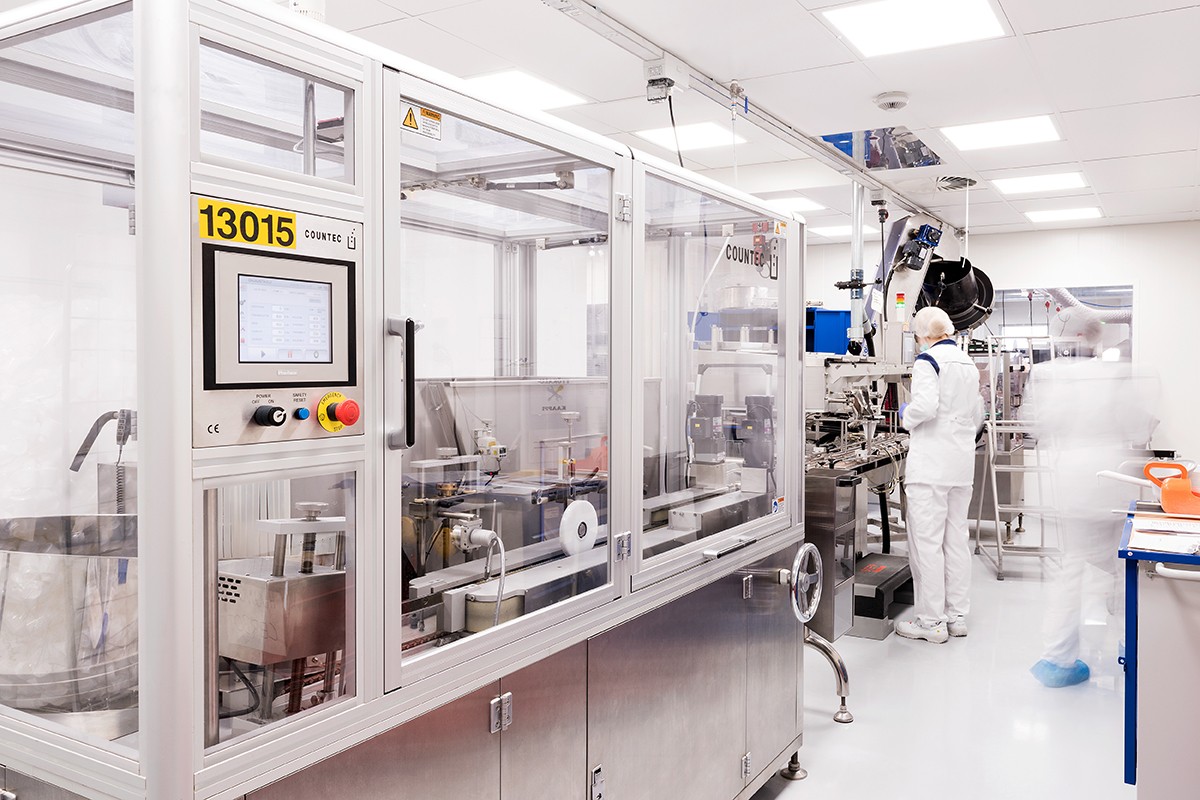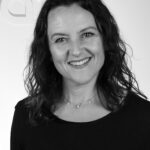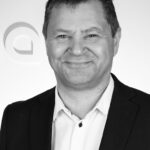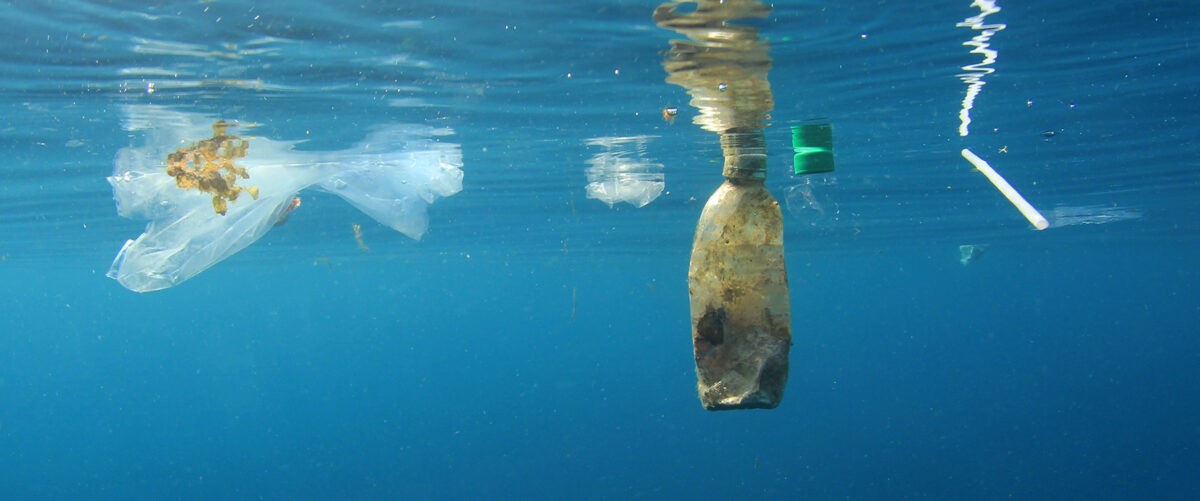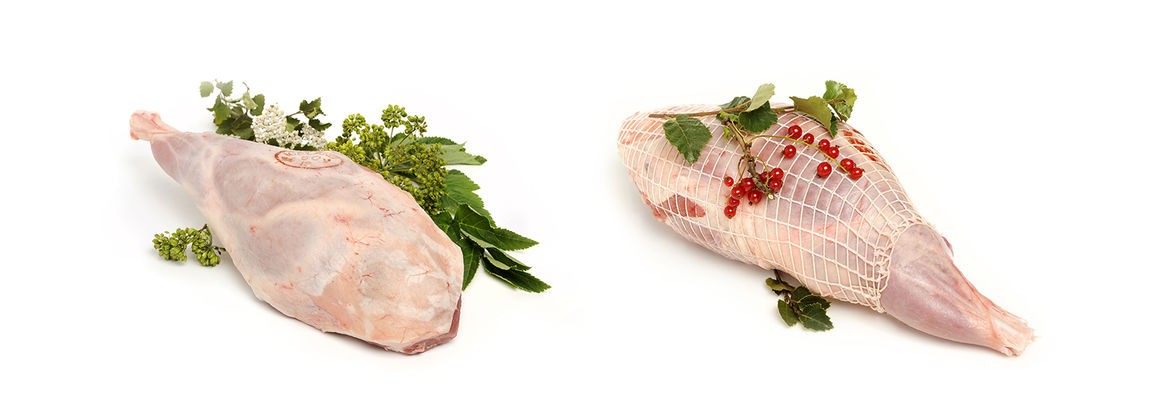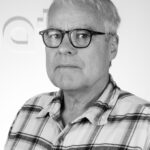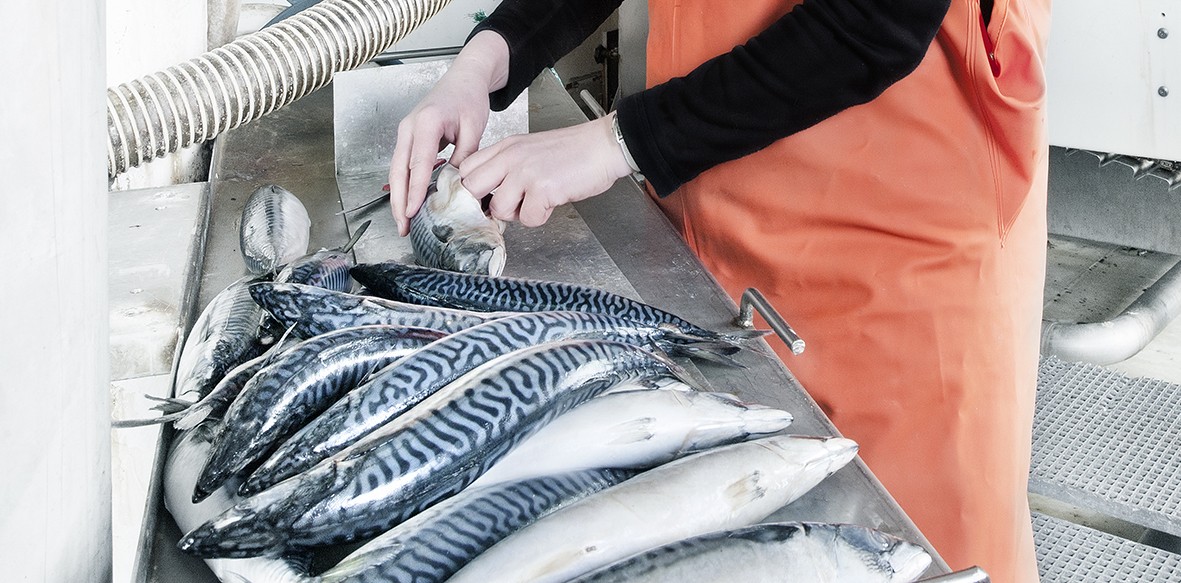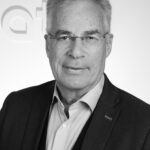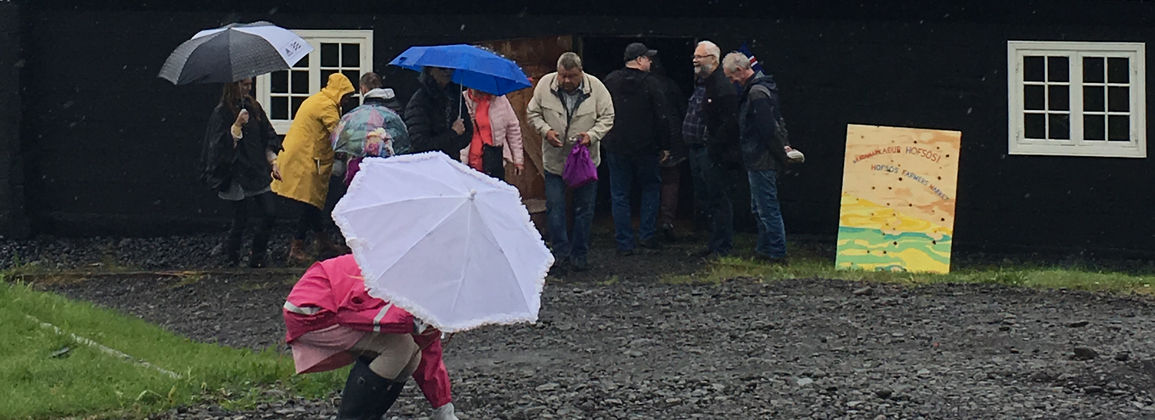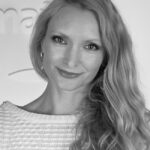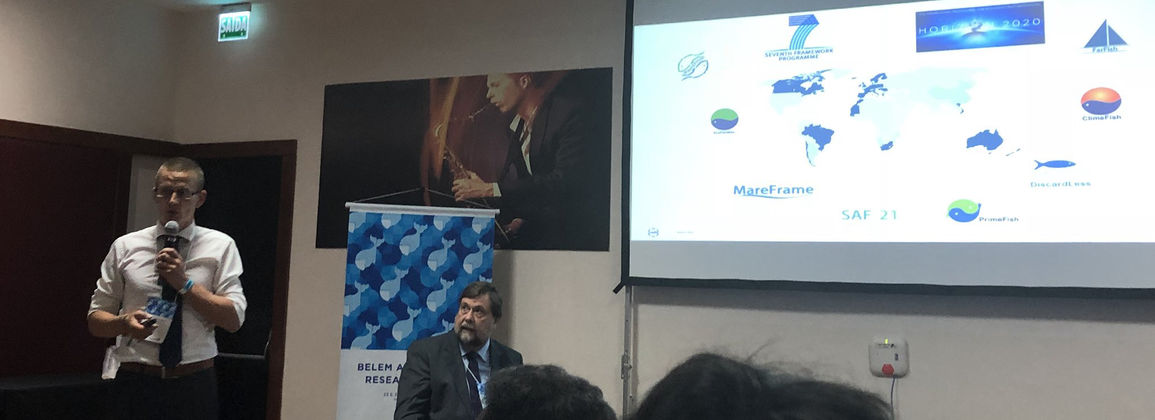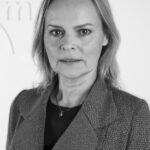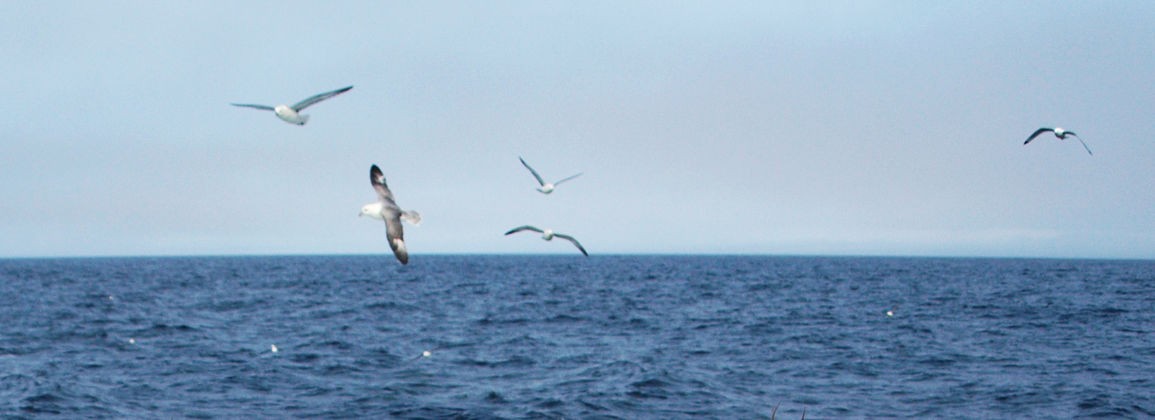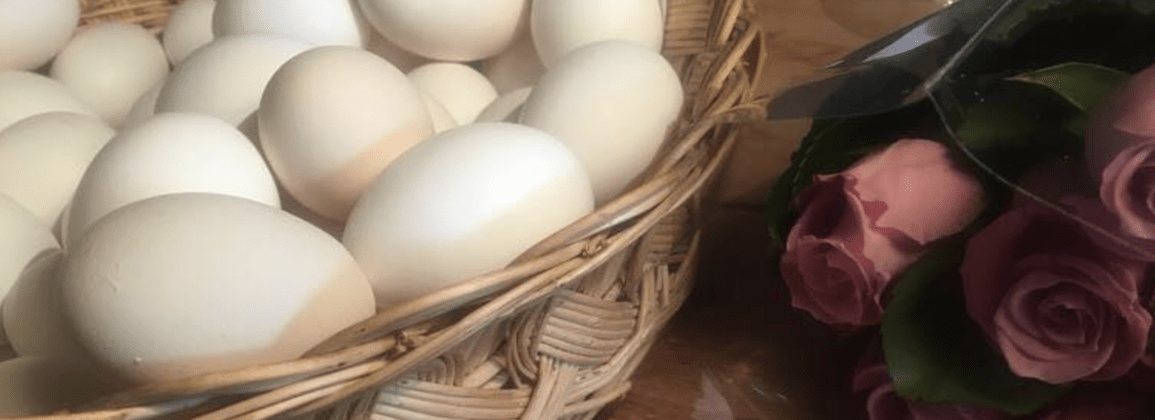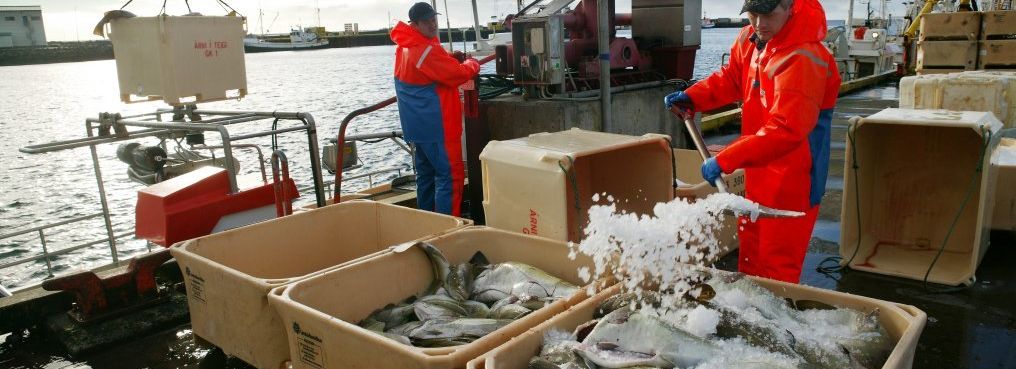Contact
Gunnar Þórðarson
Regional Manager
gunnar.thordarson@matis.is
The collaborative project between Skagan 3X, Matís and the fishing companies FISK Seafood, Brims, Skinneyjar Þinganess, Þorbjarnar, Ögurvík and HB Grandi aimed to develop technology to increase the value of catfish catches.
Since the emphasis was placed on the development of equipment through increased value creation of catfish catches in the report of the working group of the Ministry of Fisheries on improving the utilization of catfish catches in October 2010, there have been some changes in the fisheries sector with a change in fishing patterns. There is less emphasis on processing / freezing on board factory ships, but more emphasis on complete processing on land. There has been a large increase in the processing of fresh fillets for export, which can rightly be called complete processing, as the product is ready for the consumer and for use in restaurants and canteens. Fresh fish processing of cod and haddock is the most valuable today and with the increased frequency and number of airlines' destinations, more opportunities have opened up for the marketing of fresh fish. A certain development has also taken place following work within projects on supercooling, including the project "Superchilling of Fish" which was carried out with the support of Nordic Marine Innovation 2.0 and Rannís. In Iceland, five trawlers have been equipped with supercooling equipment from Skagan 3X, two salmon processing plants have taken the equipment into use and Norwegian salmon processing plants are in the starting holes.
The project involved the design and adaptation of processing equipment to supercooled raw materials and the development of a sub-Zero Skinner that could work on supercooled fillets, but traditional machines have not been able to handle the project. The idea is to use supercooling to ensure homogeneity in raw materials taken through processing, ie. decapitation, filleting, trimming, cutting (water cutting) and packing in fresh fish packages.
The project included an experiment in which a six-day-old haddock, which is a particularly sensitive raw material for processing, was partially supercooled and compared with the traditional chilled catch that was processed in the traditional way. There was no overcooling from fishing, but the results provide a great deal of information on whether it is possible to ensure homogeneous raw materials. With the cooling, the fish becomes stiffer and can withstand all the treatment much better.
An attempt was also made to compare the processing of super-chilled catch from Engey RE and the traditional catch from Helgi María RE in HB Grandi's processing in Vopnafjörður. Engey's catch was not frozen on board or transported from Reykjavík, where it was landed, and to Vopnafjörður, where the experiment was carried out. The processing uses a Sub-Zero Skinner skinning machine and a SUPER-CHILLER fillet freezer. Attempts were also made to supercool cod in sludge before processing to monitor the function of the hardware and the temperature of the product recorded through the processing process.
The results of the studies indicated that sub-Zero Skinner fillets could be skinned or super-chilled fillets more efficiently than with conventional skinner machines, which supports the use of the method. There is a lot of work to be done if it is possible to reduce fillet defects during processing and increase the quality and utilization of production. It is also important that it is possible to maintain the temperature of a product close to 0 ° C and pack fresh products below or at that temperature. The low packing temperature ensures the necessary life of the product in fresh fish and makes the use of dry ice unnecessary to bring the temperature down before transport. The use of dry ice is both costly and can cause frostbite to the product.
Ice-free catches and the transport of fresh products for export can both save money as well as significantly reduce the footprint of fish products, especially in the case of transport by air to distant markets.
Partners thank the Technology Development Fund and the AVS Fisheries Research Fund for their support of the project.

